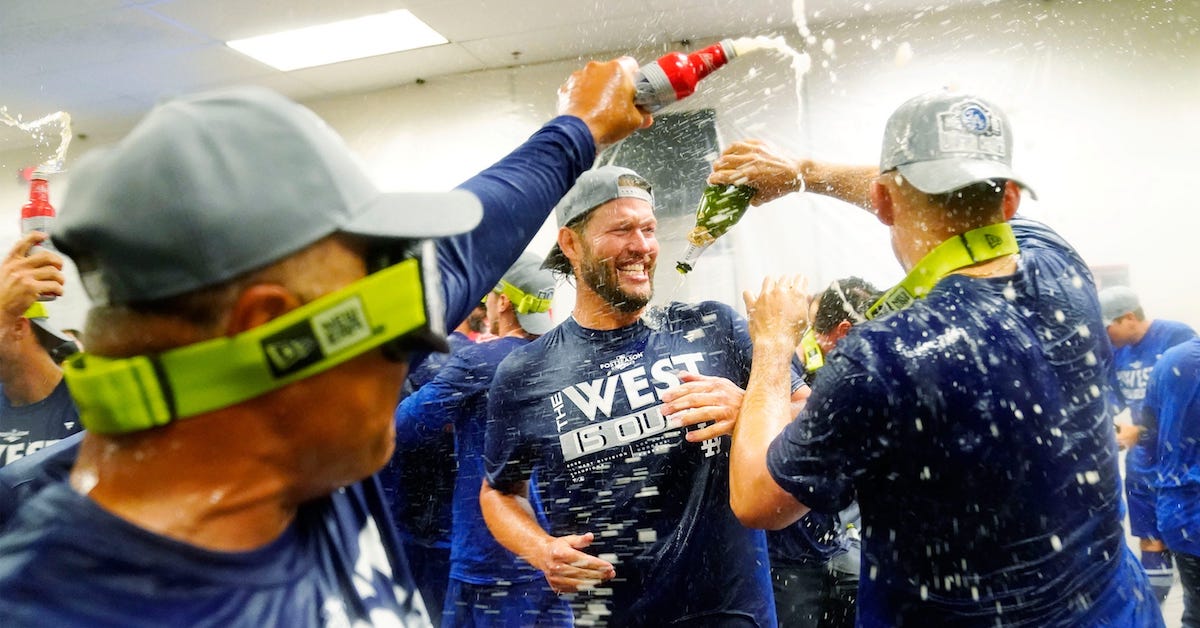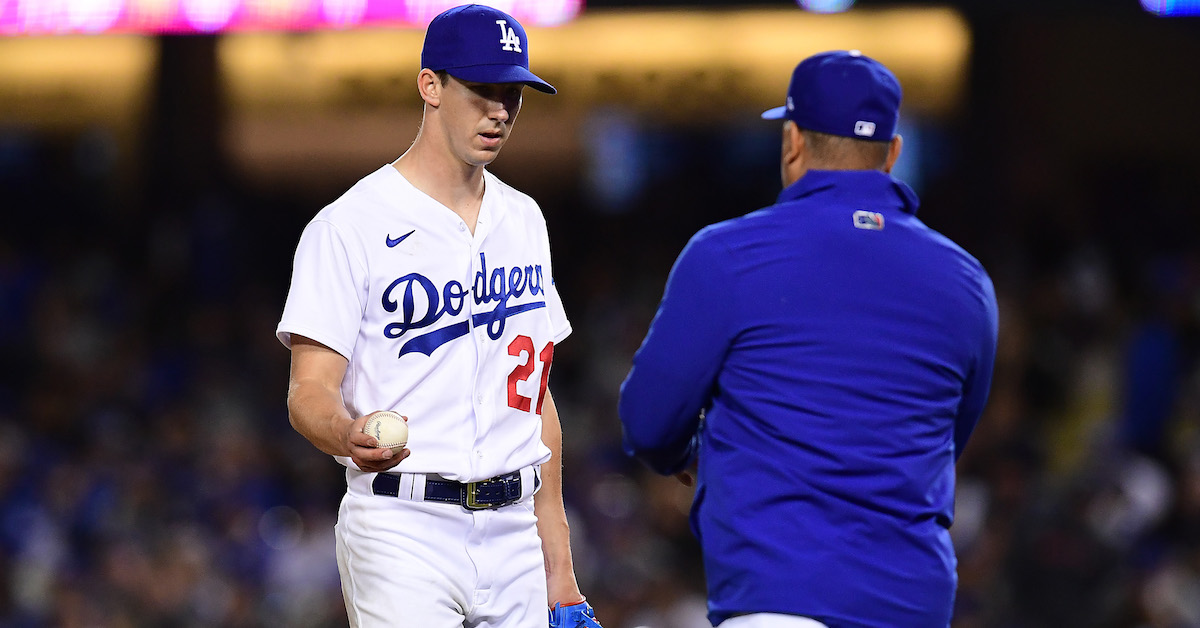NL Wild Card Series Preview: Mets vs. Padres

Despite spending 175 of the season’s 182 days atop the NL East, building a 10.5-game lead by the end of May, and winning 101 games, the New York Mets lost out in the division race to a red-hot Atlanta Braves team that has played at a .696 clip since the start of June — and lost out via a tiebreaker, a 10-9 season series disadvantage. Now they’ll have to take the long route through the new postseason format, one that includes a potential matchup with the top-seeded, 110-win Dodgers if they advance beyond the Wild Card Series.
That can’t be taken for granted. Even with Max Scherzer and Jacob deGrom available to start in this best-of-three series, all of which will be played at Citi Field, they can’t overlook the Padres, who can offer some top-notch starting pitching themselves and who beat the Mets in four of the six meetings between the two teams. Not that such results are predictive — and it’s worth noting that the aforementioned pair combined for one start in the six games (Scherzer in a 4-1 loss opposite Yu Darvish on July 22) — but they do illustrate the range of possibilities here. The ZiPS Playoff Odds pegged this as the biggest mismatch of the Wild Card round, narrowly edging out the Mariners-Blue Jays series, but with the Padres still having a 42.4% chance of scoring an upset.
Both deGrom and Scherzer looked all too human last weekend during the Braves’ division-s(t)ealing sweep, combining to allow five home runs and seven runs in 11.2 innings. If there’s good news, it’s that manager Buck Showalter didn’t have to send deGrom to the hill in Game 162 in hopes that the Mets would win and the Braves would lose, because that would have ruled him out of the Wild Card round had they lost. Read the rest of this entry »



